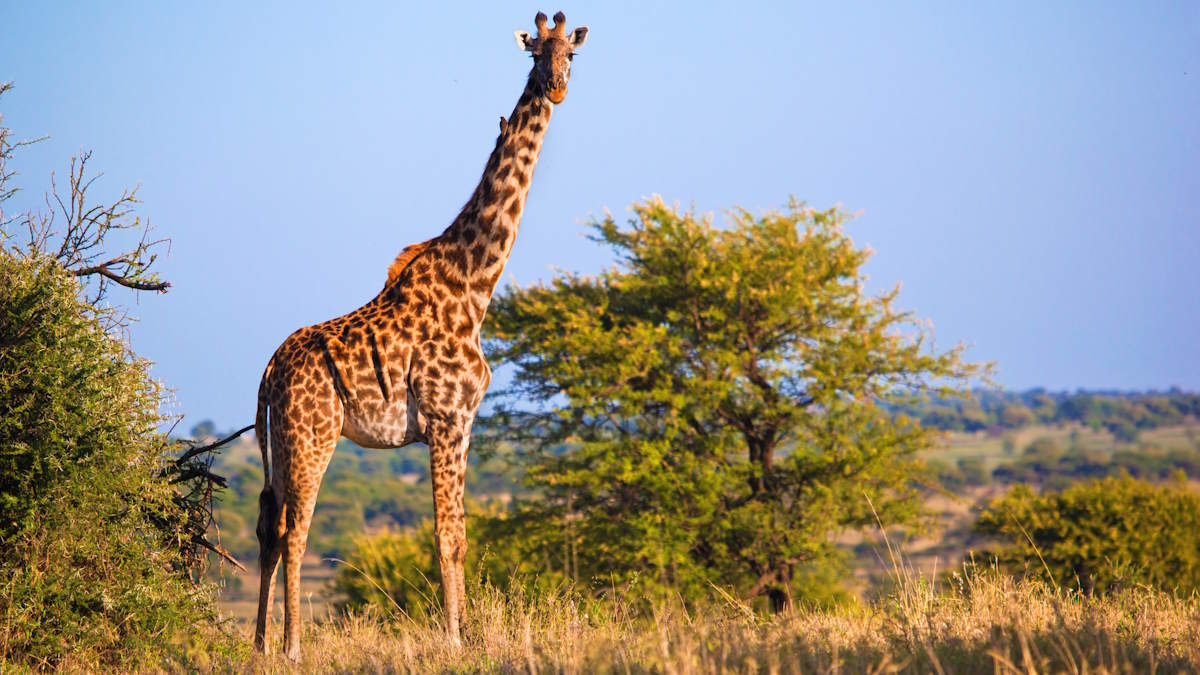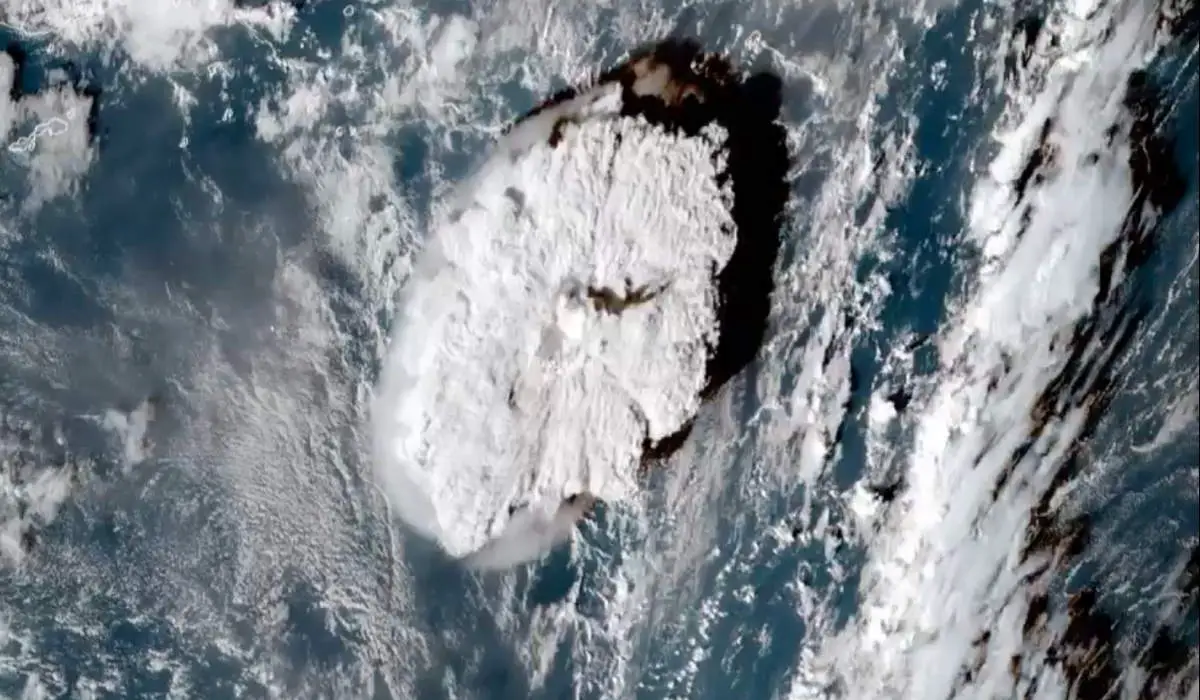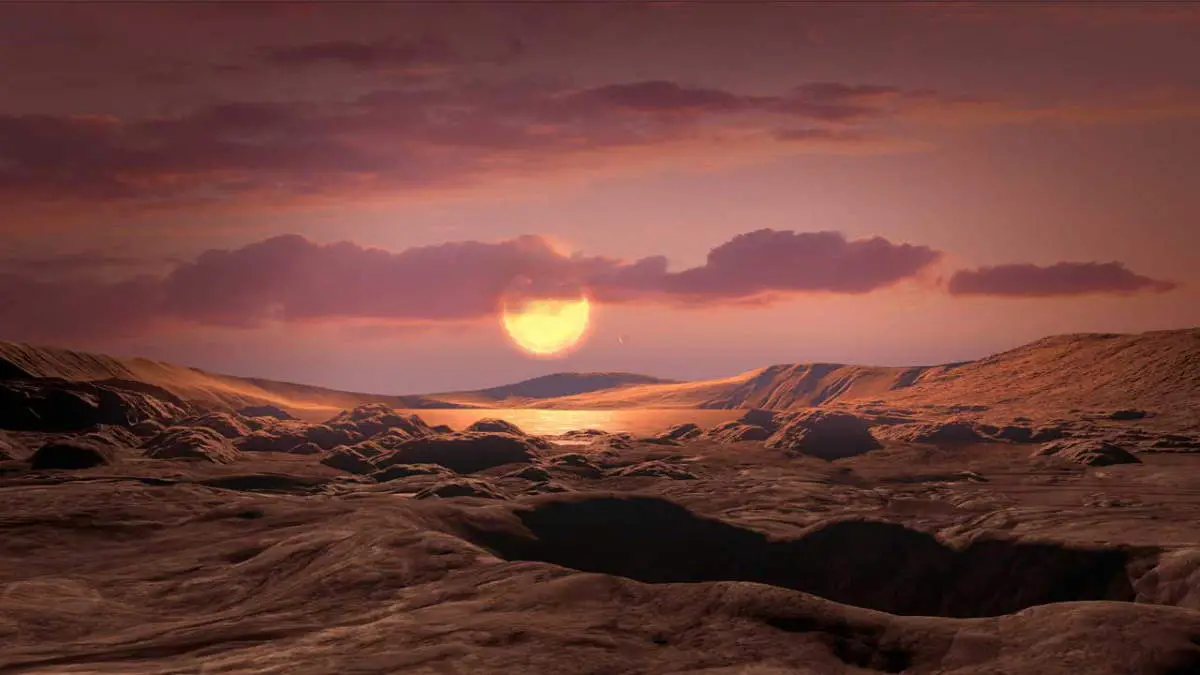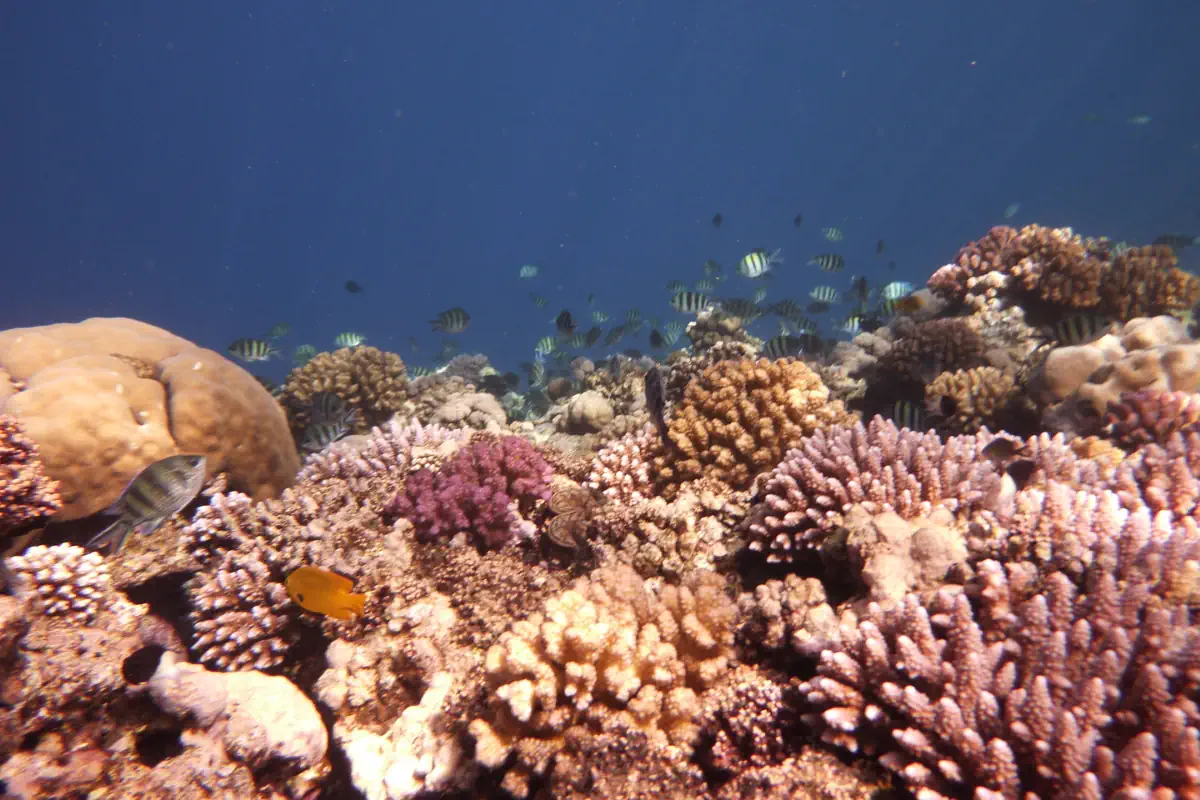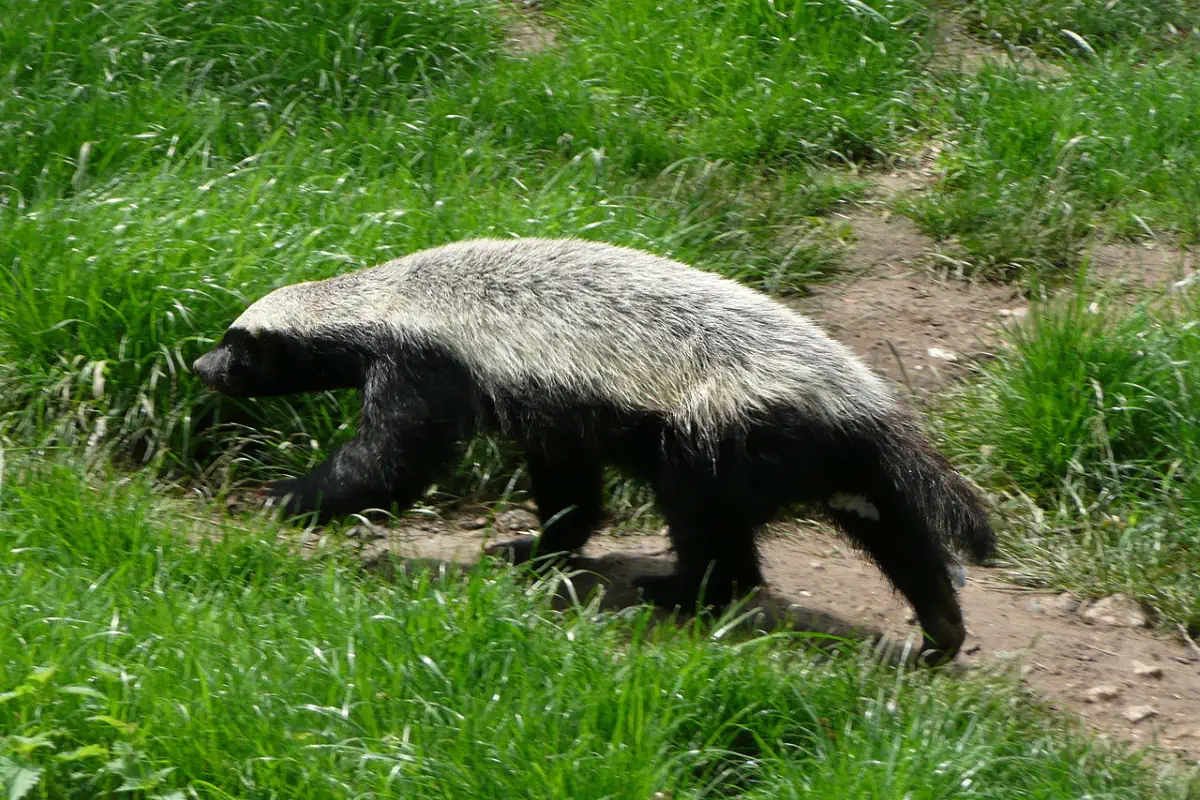Giraffes are like the tall towers of the animal world, living in Africa where it’s warm and grassy. They are famous for their long necks and spots, each one different like a fingerprint. Although they look quiet and calm, giraffes hide many surprises. They don’t just eat leaves and roam around; there’s much more to learn about them. From the way they drink water to how they talk without making a sound, giraffes are full of interesting secrets. We’re going to explore some of these cool facts, getting to know these tall friends better. Here are 10 amazing giraffe facts.
Top 10 Giraffe Facts
